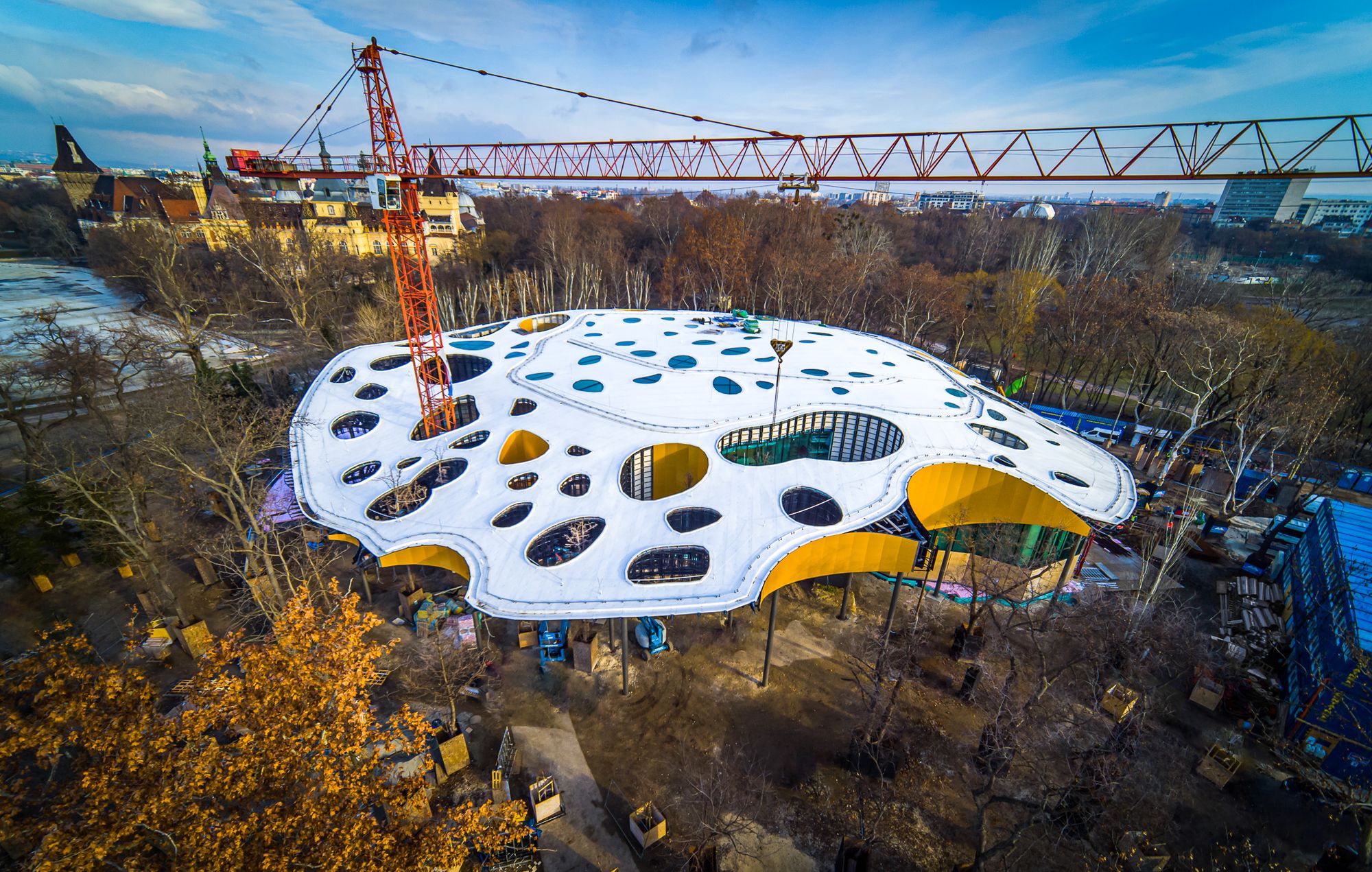As the construction keeps getting closer to completion and the extraordinary, close-to-nature building designed by Sou Fujimoto, which we have only seen on renders so far, is closer to its final form by the day, we become more and more intrigued by all the things that will make the institution opening at the end of the year so unique. We asked project director Márton Horn about the concept.
The undulating roof structure of the House of Hungarian Music can already be seen amidst the trees of Budapest City Park, under the canopies, and the glass walls gently separating the building from the park have already been installed. The building is only planned to be handed over in late 2021, but it has already received quite a few professional acknowledgements: Dutch architectural magazine World Architecture Community (WAC) (and subsequently CNN, too) declared it one of the most anticipated new buildings of the year, while at Music Cities Awards, it won the award for the „Best Use Of Music In Property Development/Real Estate” owing to its unique concept. Now, with the help of Márton Horn, we’ve summarized what makes this building and its underlying concept so exciting in five points.

1. Music and architecture
With the House of Hungarian Music, Budapest will gain a new contemporary building, of which, let’s admit, there are not too many in the city. The building also responds to this scarcity, and was designed by a star architect on top. “People still tend to confuse the exciting modern buildings of the fifties, sixties and seventies with socialist realism, and perhaps it is even more difficult to relate to the postmodern world of the nineties. In the 2000s, star architects started to implement spectacular and exciting plans for buildings that also serve as tourist sights in several European metropolises, however, in Hungary, this remained at the level of plans,” Márton Horn says. He also adds that being designed by a star architect has never been a primary expectation towards the House of Hungarian Music, even if eventually it turned out to be designed by one. “We chose Sou Fujimoto’s designs in an anonym call from 168 proposals, so he was not invited to our project as a celebrated architect, instead, he proposed an exciting project which the international jury found remarkable. In fact, the House of Hungarian Music was one of his projects that became famous and was highly praised by the profession. The building carries Fujimoto’s distinctive, fascinating trademarks, with the most prominent being how he pushes the limits between the built and the natural environment. He designed the 2013 pavilion of London-based Serpentine Gallery with the very same goal in mind, and finally a completely transparent building was added to Hyde Park, of course with less strong functional requirements resulting from its genre and form.
He strived to achieve the same in the course of designing the House of Hungarian Music, while giving life to a well-operating building, which can fulfil its functions. I think his plan succeeded: the building shapes the usual perception of cultural institutions with its exciting architectural solutions.”
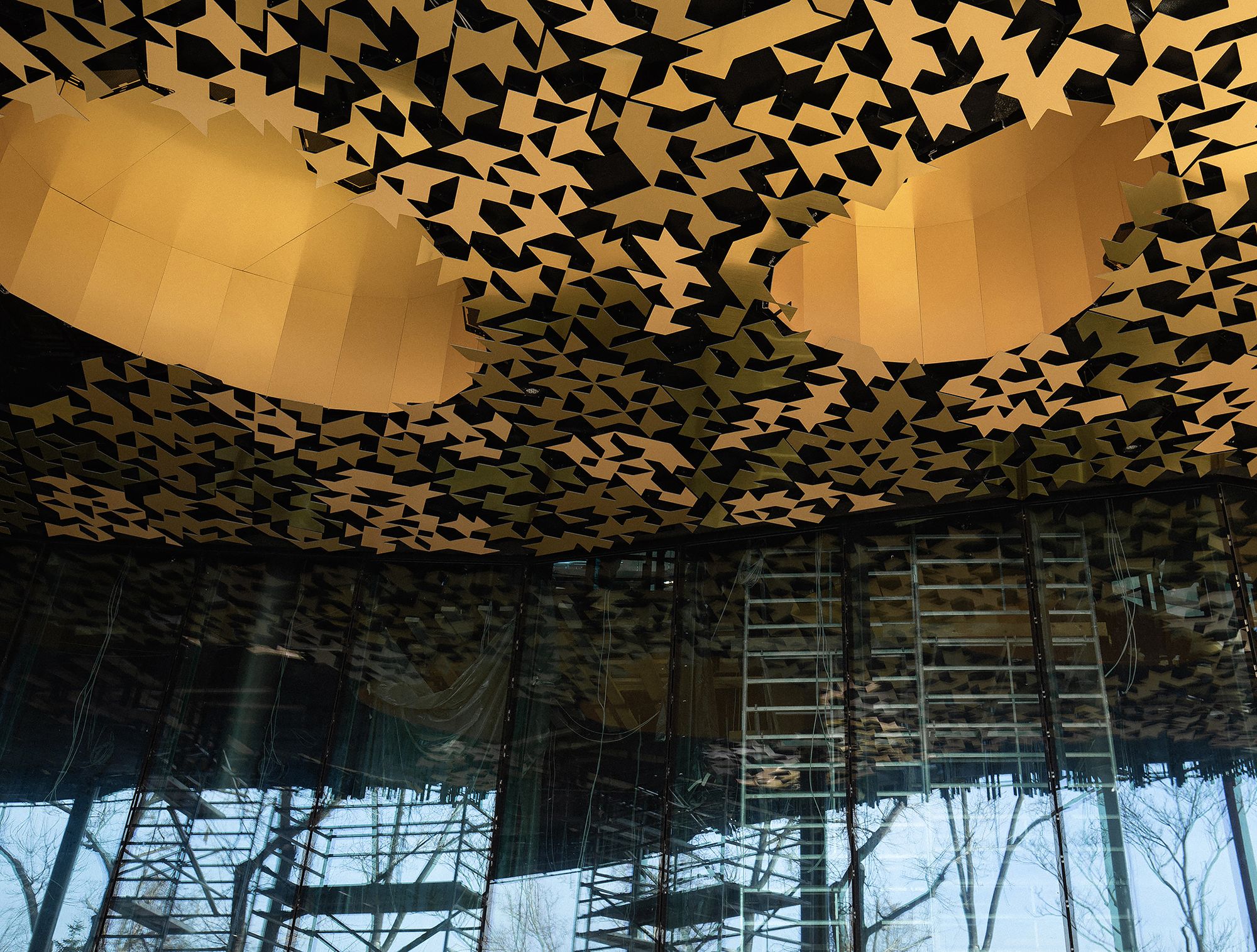
Fujimoto’s designs gave a smart response to the ideas related to content, namely that the building had to give room to three basic functions: to galleries, to music halls and to museum pedagogy rooms. Thus, three stories have been created: he placed the galleries on the basement level, allowing these spaces with poor natural lighting to create their own distinct worlds by separating them from the architectural concept of this building transparent both inside and out. Visitors are the closest to the park on the ground floor and the spaces placed in the unique structure of the roof: it is not a coincidence that concerts will be held on the ground floor, and that the bright, separate rooms providing an ideal environment to music pedagogy activities are placed on the first floor. The House of Hungarian Music does not only respond beautifully to the content—that is, music itself—functionally, but also in its symbolism: “The shape of the roof manifests the vibration of sounds, but the undulating shapes also appear on the ground floor as the patterns of the ground floor seem to change continuously when one’s arriving from the park,” Márton adds.


2. Music and environment
Therefore, sound is one of the narratives that the architect manifested all across the building. Another signature element that’s even more prominent than the former is the building’s relationship with nature. “Fujimoto takes the extension of the park through the building with various characteristic narrative tools, such as the columns that can be interpreted as the extension of the lines of trees, the roof’s world feeding on nature or the abstract, leaf-patterned suspended ceiling which the sun shines through like giant canopies.”

The question rises: how is the building connected to its environment and to environmentalism? “We have installed 120 geothermal probes under the field next to the building: these will provide the building’s complete heat and warm water supply. We can also use the ice rink’s extra power capacity for heating and cooling. All in all, the House of Hungarian Music is a building with a relatively low external energy demand.”
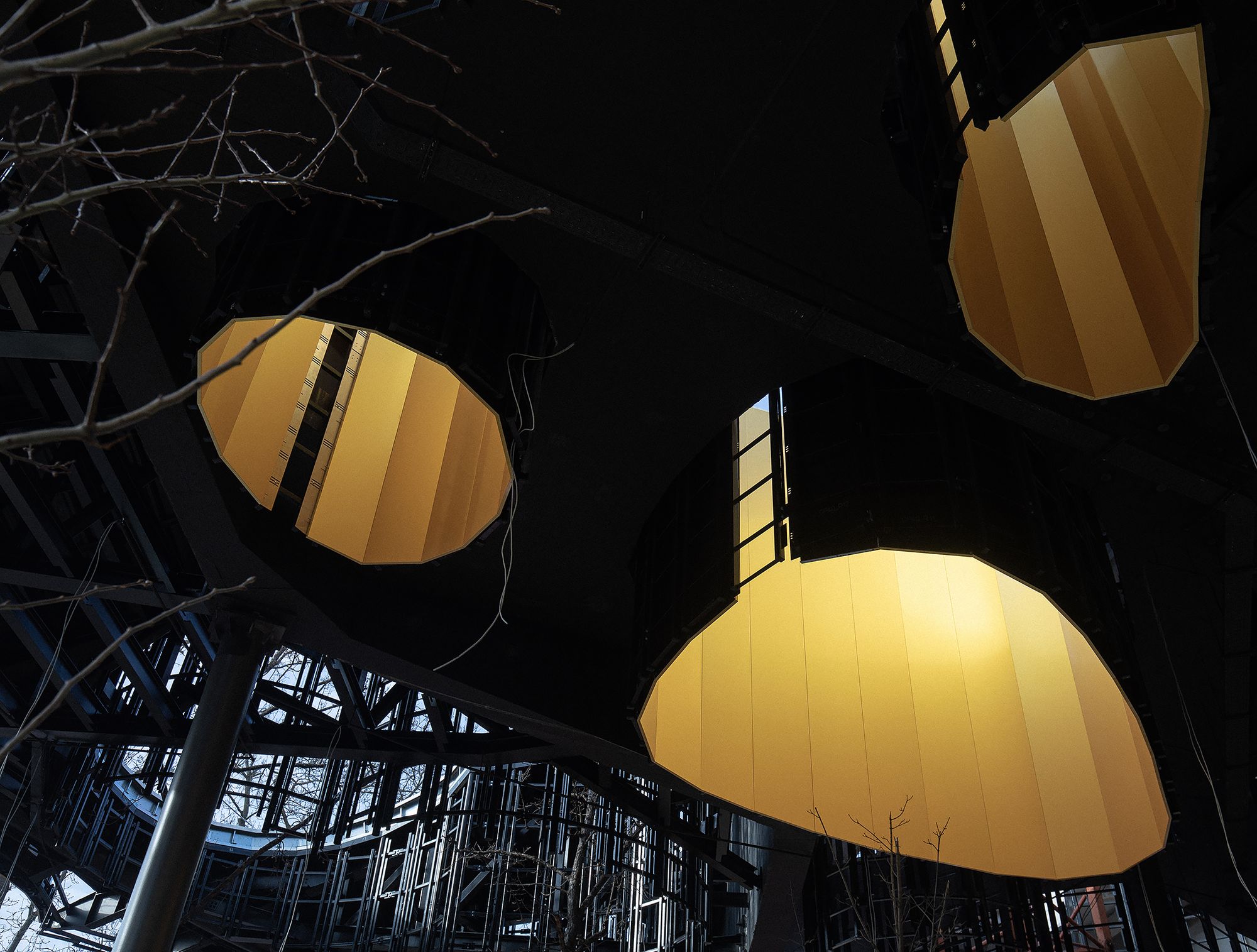
3. Music and technology
In addition to concerts, the house will seek to bring music closer to a broader audience in various different ways, including the use of numerous innovative technological devices. “Even though the Instrument Lab is primarily designed for children, it can also be entertaining for adults,” Márton says. “This is a space for experimental instruments, the basic idea of which is to enable those with no musical training whatsoever to play music. They can do so on experimental musical tools. Certain installations, such as the gesture-controlled robotic orchestra also encompassing Ligeti György’s organ works might also be of interest to professional musicians.” The house will also include a “klaviméra”, which is a transparent glass piano operating with the mechanism of a 12-key instrument, or a professional popular music studio for beginners.
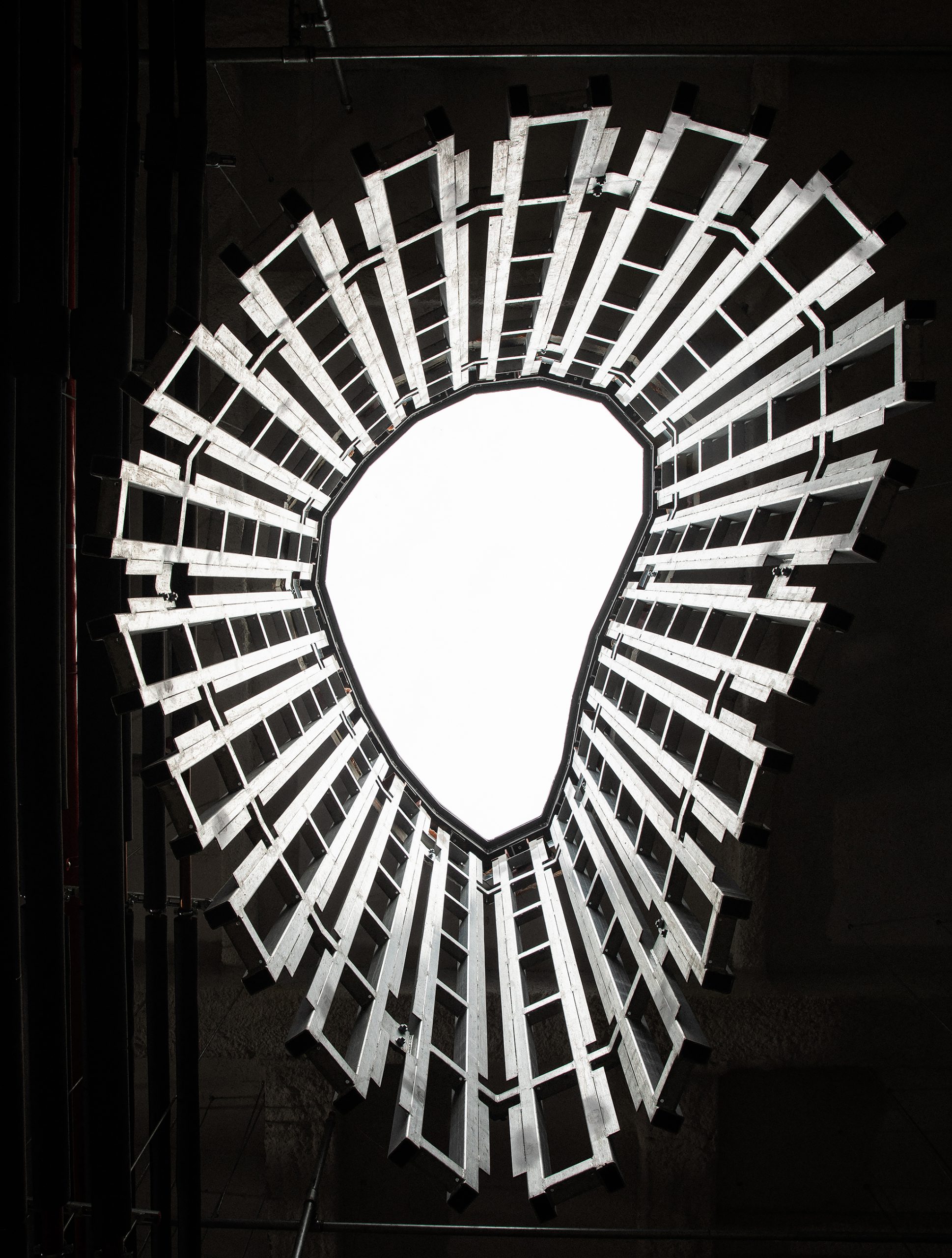
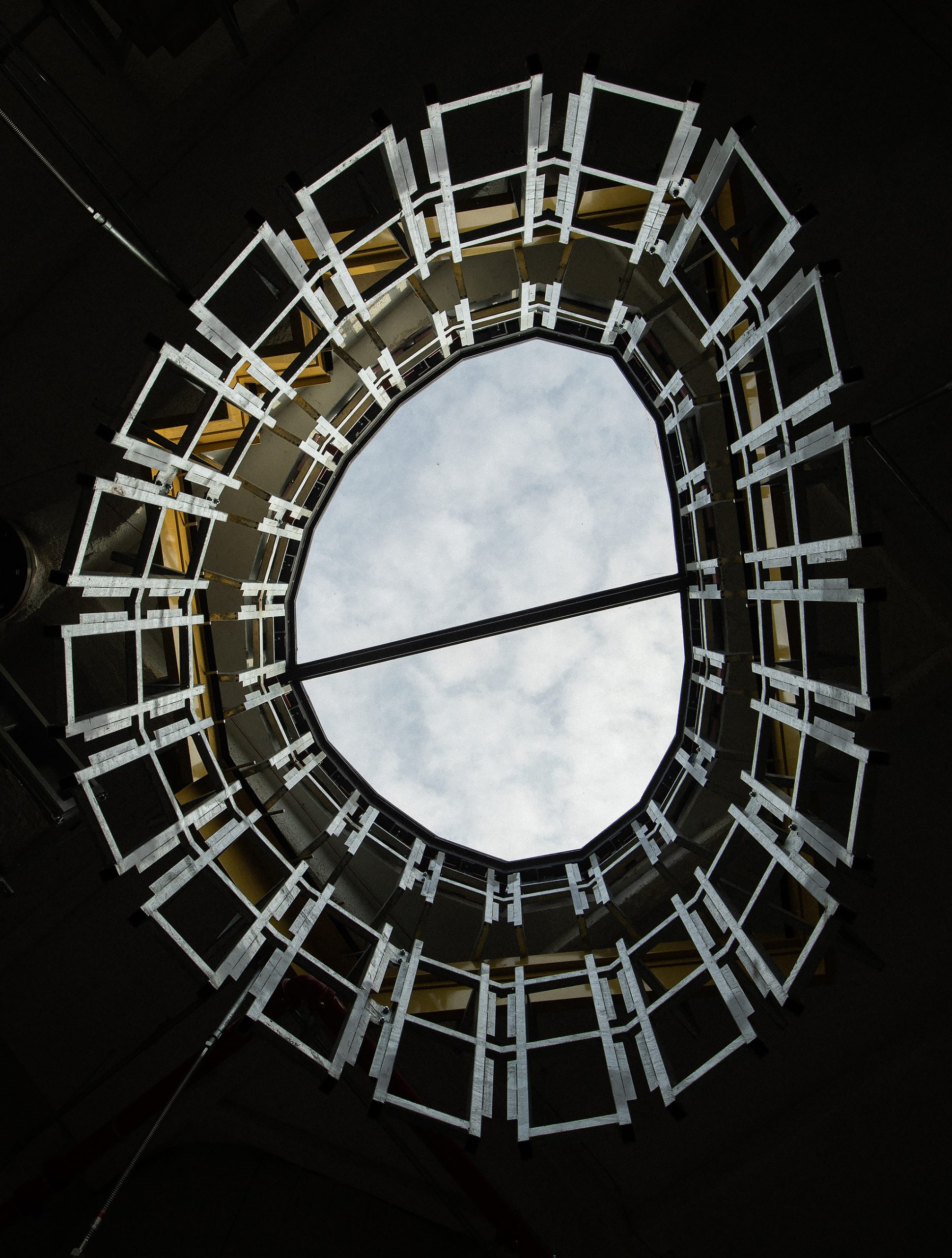
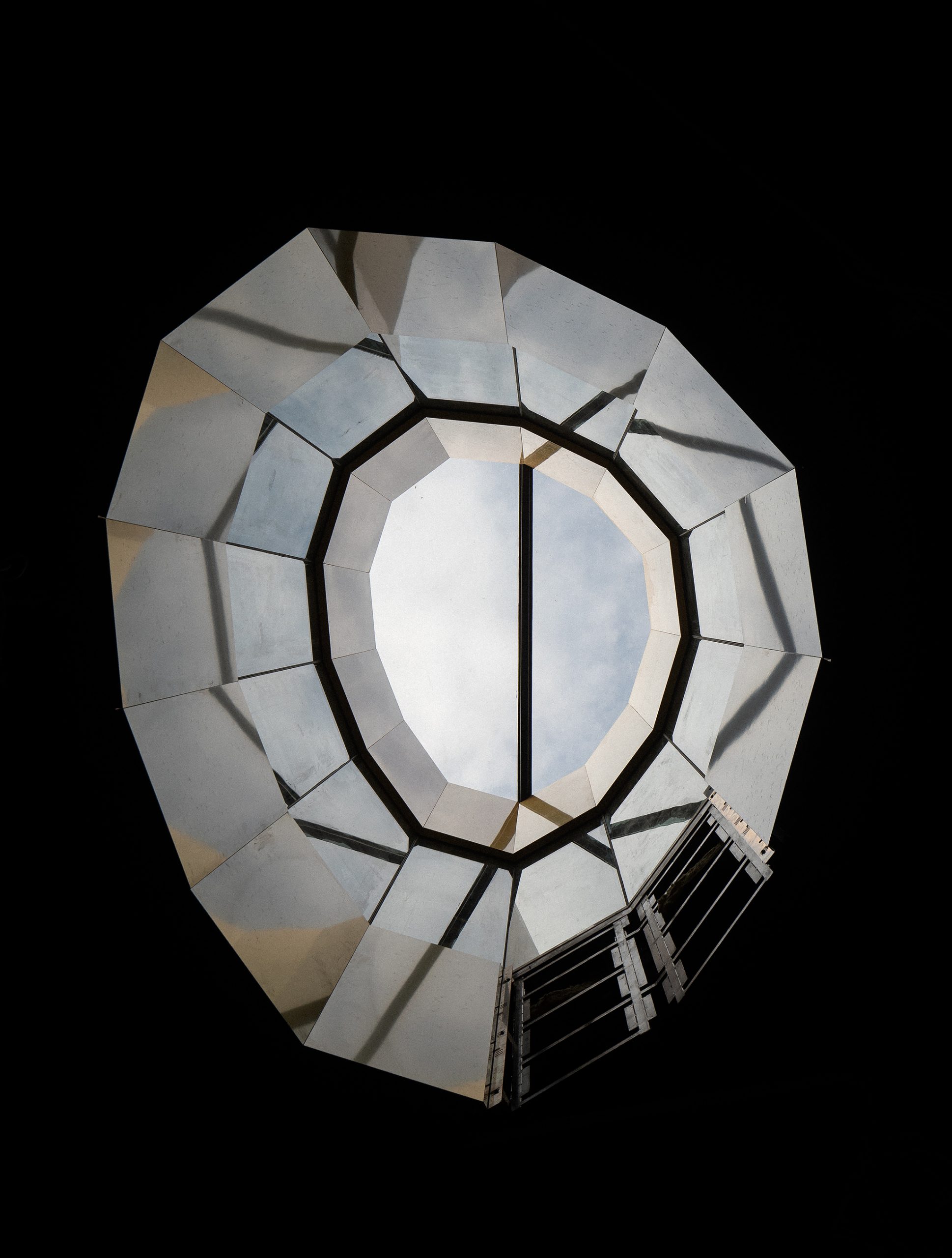
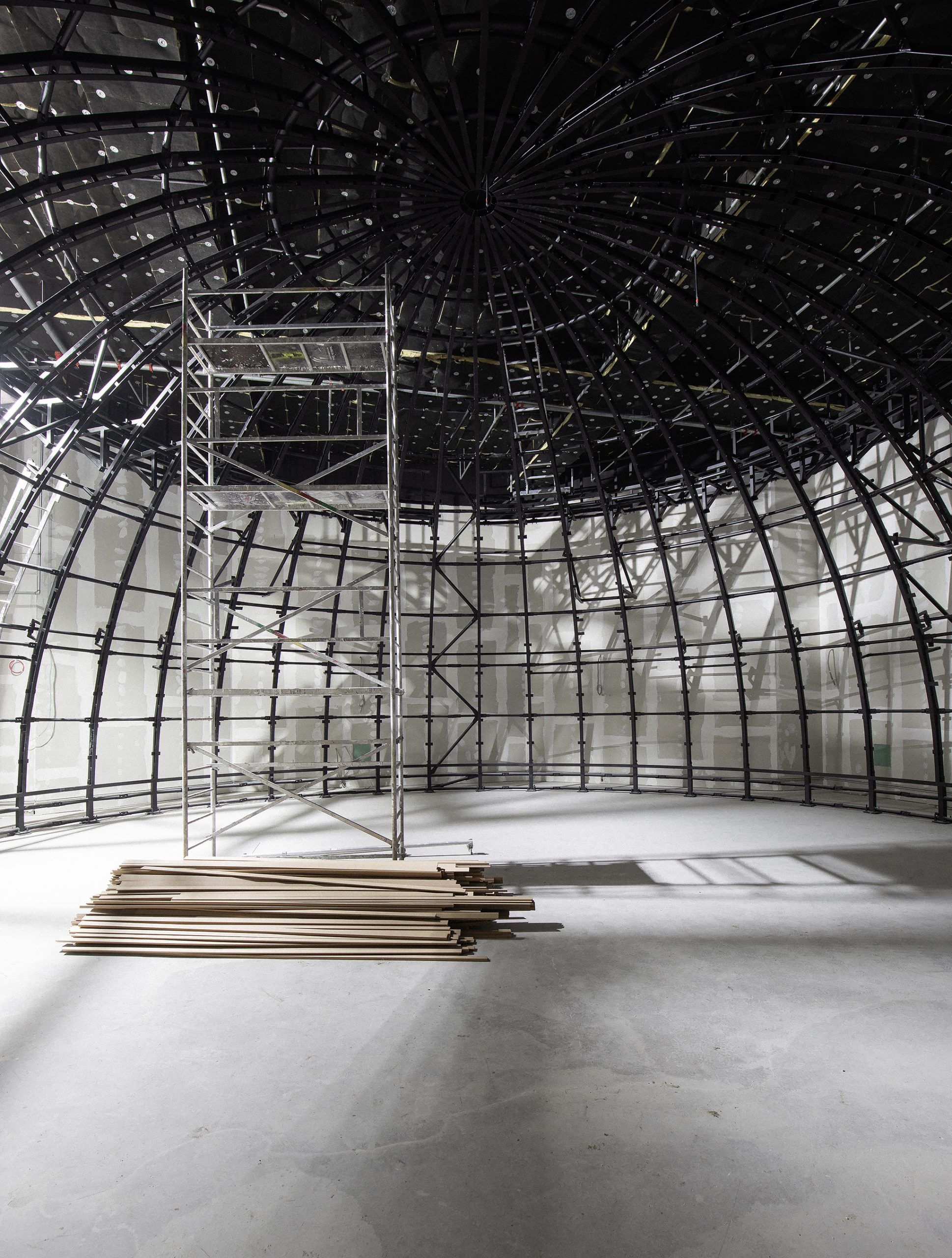
From a tech point of view, the sound dome also sounds quite intriguing: the speakers placed in 360 degrees in the hemisphere-shaped dome will play the sounds, which will be visually accompanied by the projection screen stretched on the hemisphere. Here, first we’ll get to immerse in the sound installations composed based on the sounds of the Carpathian basin as a way of complementing the permanent exhibition during the day, while at the evenings, the dome can also host DJ sets accompanied by screenings.
The exhibition will not drop behind in this regard either: a headset system unique in Hungary will help visitors to get closer to music. Based on an exact musical dramaturgy, the headsets will play the given tune or tell what we need to know about the given instrument or composer when stepping closer to the installation.

4. Music and culture
This brings us to the exhibitions: in the House of Hungarian Music, a comprehensive permanent exhibition will showcase the history of Hungarian music, but there will also be a separate place for temporary exhibitions. It would be evident that the permanent exhibition be about the history of Hungarian music, but according to Márton, music historian András Batta and his team faced the same problem in terms of several eras: the fact that they cannot be interpreted without universal music history, and thus finally they dreamt up a Europe-focused music history exhibition with the emphasis being on Hungary. The exhibition leads us across the music history of past decades through seven big turning points: the time travel starts with the sounds of nature that served as the basis of tribal music, and arrives to the relationship of 20th century technology and popular music through folk music, Gregorian chants, early opera as well as Mozart, Liszt, Bartók and other significant composers. One can expect groundbreaking solutions here, too: amongst others, the exhibition showcases the role of Hungarian folk music in people’s life through interactive, experience-based methods, together with the lengthy process through which polyphony came to life.
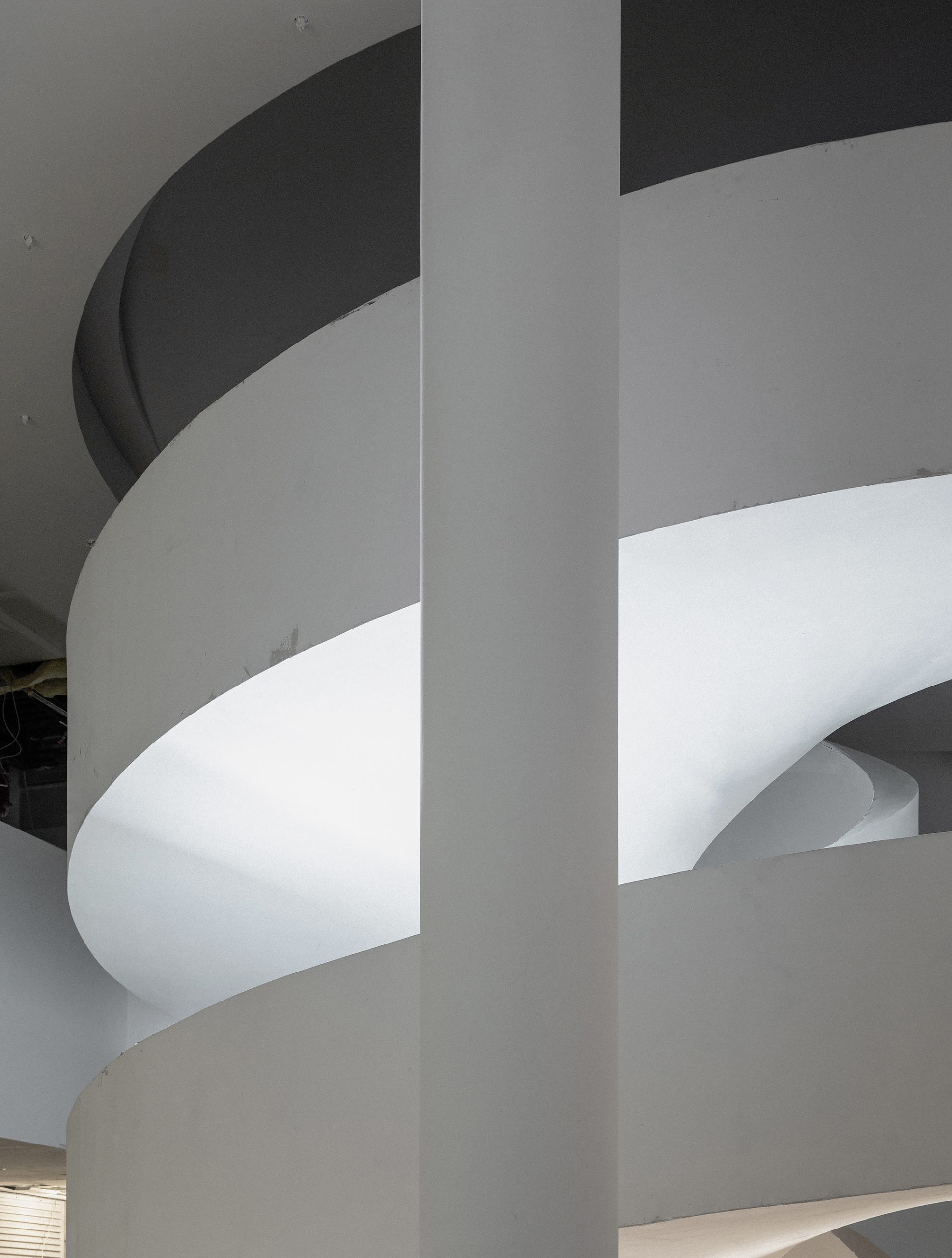
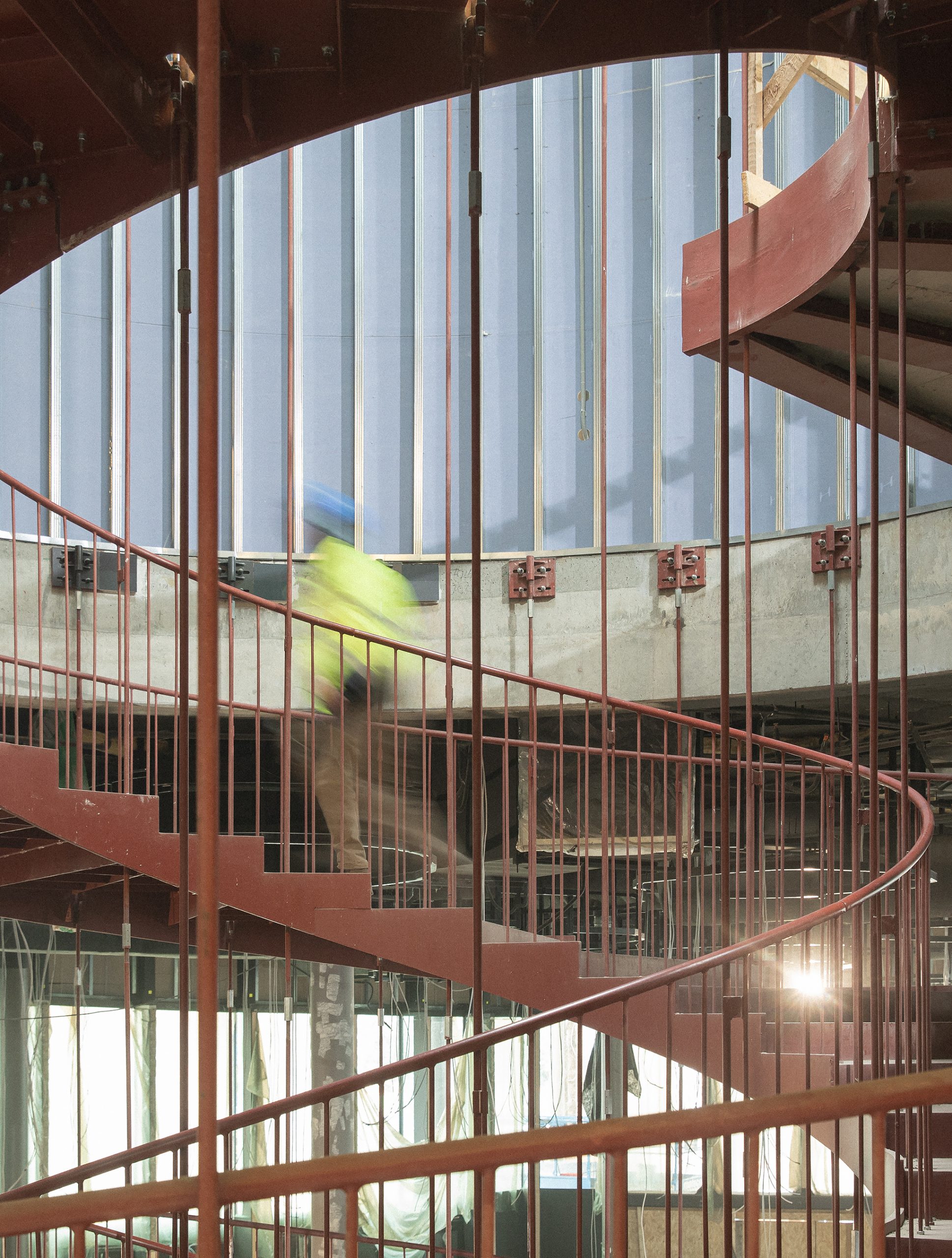
5. Music and education
Everyone listens to music, yet many people have a certain aversion towards a great part of it—this is the basic thought the House of Hungarian Music builds on, allowing not only children, but also adults to get closer to understanding music. “Many people consider classical music hard to comprehend, not to mention contemporary classical music, while others feel the same way about electronic music,” Márton explains. “We’ll introduce the various genres in the framework of a community college-like program series, where we can cover not only the world of classical music, but that of techno, too.” The concerts will also function as a sort of initiations, as they will be implemented in a much more intimate environment than large concert halls. According to Márton, this is a need also expressed by musicians: many of them consider it much more personal if they can play acoustic music, for example, in a smaller, more intimate environment.
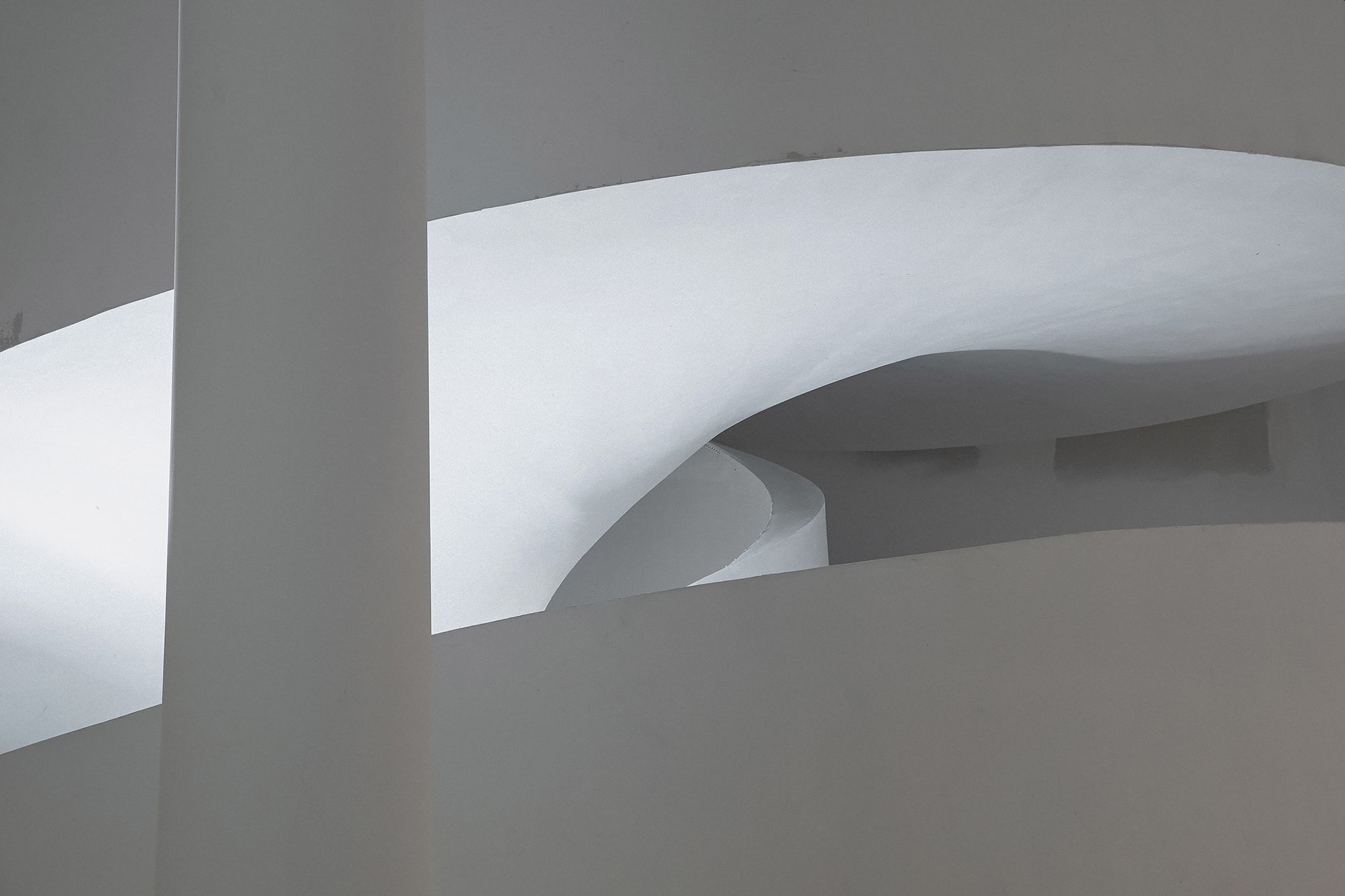
In relation to music pedagogy, Márton highlights that they do not wish to remedy the deficiencies of public education: the goal is rather to bring children closer to music. The institution will help school groups, for example, by sending educational materials sent in advance so that they can better prepare for their visit, while on the spot, musical pedagogists and individual sessions will help them explore the world of music.
+1. Music and rock’n’roll
As the temporary gallery of the House of Hungarian music will also be suitable to host large music exhibitions like the traveling exhibition of the Rolling Stones, negotiations are already taking place to bring this exhibition to the Hungarian audience. Until then, one thing that’s sure: the first temporary exhibition will cover the popular music of the Kádár era from the first pop music record produced in 1957 to the first Sziget festival.
The House of Hungarian Music | Web | Facebook | Instagram
Photos: Balázs Mohai

We might soon discover the sounds of Mars
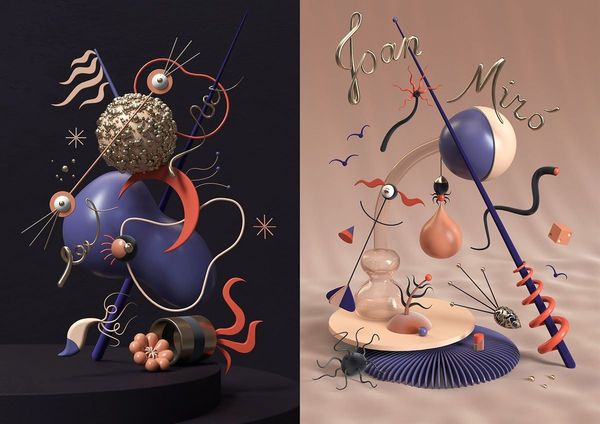
Miró paintings digitalized










